Ongoing dilemma surrounding Oxford St East Cycleway continues
A controversial vision to halve the number of traffic lanes on one of Sydney’s busiest roads to make way for a cycleway has quickly polarised many in the eastern suburbs.
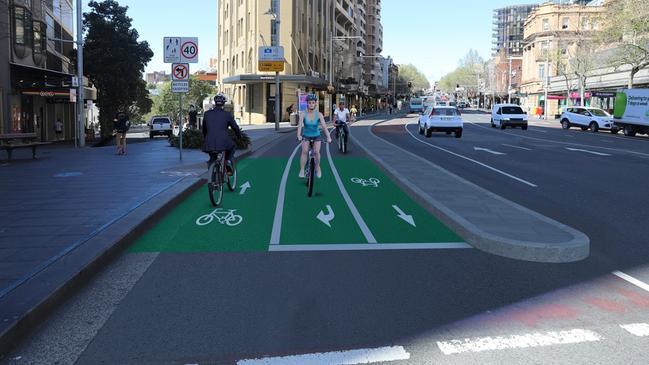
Wentworth Courier
Don't miss out on the headlines from Wentworth Courier. Followed categories will be added to My News.
A controversial vision to slash four traffic lanes to two on one of Sydney’s busiest roads to make way for a cycleway quickly became a key point of division for eastern suburbs’ cyclists and business community.
Transport for NSW put forward the plan for a two-way cycleway along Oxford St, between Paddington Gates and Taylor Square, as part of the state government’s $77m investment in projects for walkways and cycleways. It faced backlash almost instantly from business owners.
However, Sydney Lord Mayor Clover Moore gave the cycleway the tick of approval, and said the proposal was “an important piece of the puzzle” and argued there was an “appetite for cycling infrastructure”.
Ms Moore said while it was the “city’s busiest bike route” and hosted more than 2000 trips each day, it was the most reported for bike crashes in the local government area.
“A separated cycleway will improve safety for people riding and reduce the number of riders on the footpath, as well as improving urban amenity, which is great for local businesses,” she said last year.
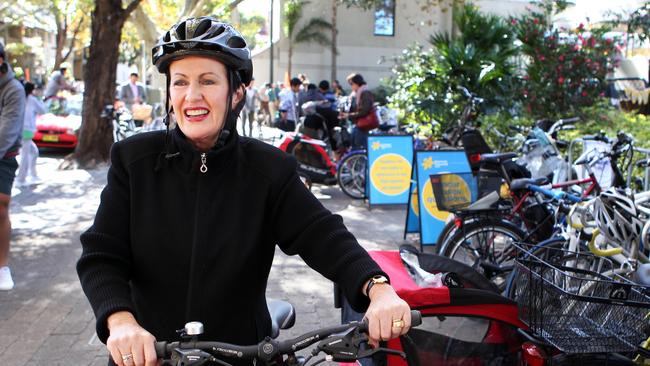
The proposed 2.7km bike path would link to a 1.7km cycleway between Taylor Square and Hyde Park on Oxford St and parts of Liverpool St, some of which has recently started construction with commuters already feeling the brunt of the controversial plan.
It has left those travelling from the eastern suburbs confined to one lane on the already-congested Oxford St to Liverpool St.
Financial worker Ben Miller recently said it was “absolute bulls--t” and he was unsure why they were making changes.
Despite Nicole Stanners, a Paddington cyclist and business owner, declaring Sydney was “so far behind” other developed cities “when it comes to safe cycling infrastructure” she said planning was important.
“The biggest barrier for people taking up the bike, in particular women, is safety,” she said.
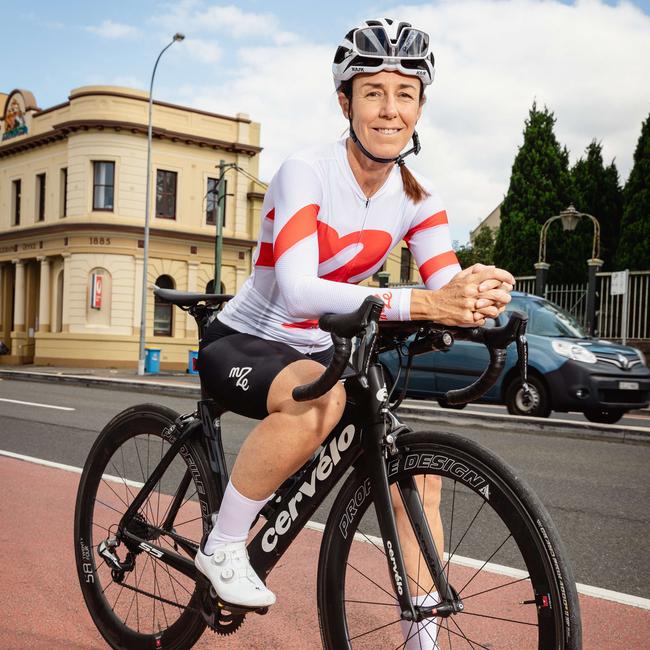
“In Sydney’s case, that means safer roads and a transport culture where cyclists and drivers are not pitted against each other – about three million adults cycle every year, so imagine how much bigger that could be.”
Ms Stanners admitted she did not use many of the existing cycleways because they were often “ill-conceived” and “tokenistic”.
“They are often developed without proper knowledge of cycling, so their impracticability means many cyclists don’t use them and obviously this inflames the situation with drivers even more,” she said.
However, if the cycleways were “constructed and maintained correctly”, Ms Stanners would be more open to using them, including on Oxford St.
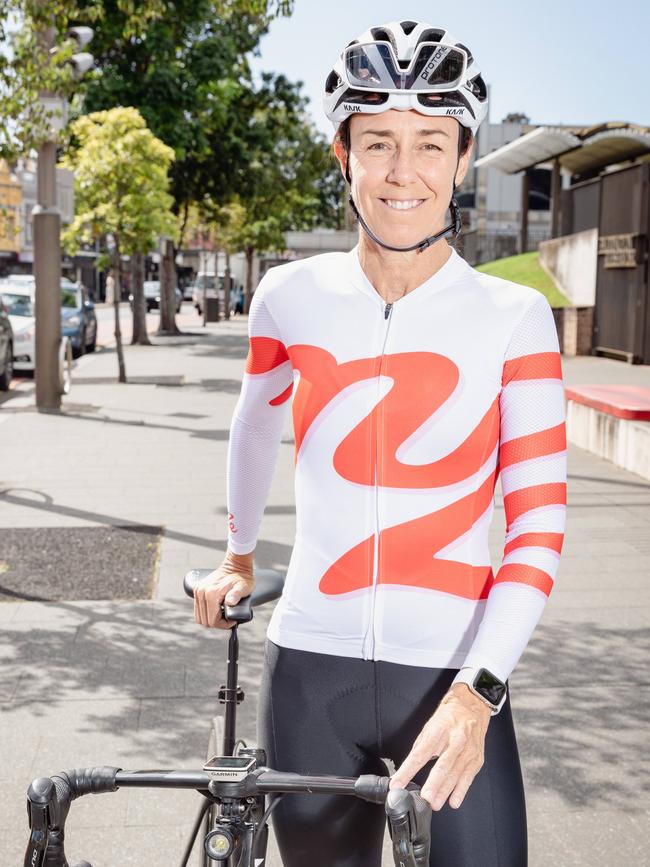
As a local, she already cycles up and down Oxford St riding to Centennial Park or to the city. While she does not find it too dangerous in the early mornings, dodging cars and opening doors in the afternoons is a massive red flag.
But, similar to many opponents of the cycleway, Ms Stanners holds concerns, as a “local with a car”, about the proposed “lack of right hand turns” and its impact on businesses.
This formed part of why Transport Minister Jo Haylen reopened the consultation period following severe criticism.
The extraordinary step, which came in June last year, was three months after the state government originally stopped taking feedback on the plans.
While the Liberal-National government, with City of Sydney’s assistance, decided to move the pop-up cycleway on Moore Park Rd to Oxford St more than two years ago, Ms Haylen pulled away from the former state government’s stance.
A spokesman for Ms Haylen said consultation needed to be done properly for Oxford St to potentially replace the Moore Park cycleway.
“The minister has directed TfNSW to reopen consultation with the community, local businesses and councils,” the spokesman previously said.
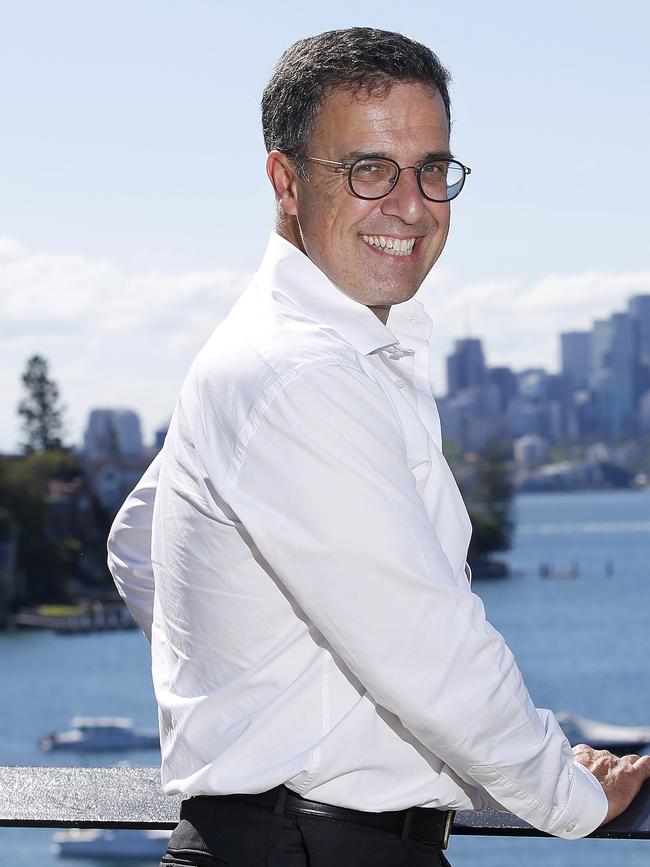
The spokesman said it was “vital we establish a safe cycling link between the east and the CBD” to give commuters in the eastern suburbs an active transport alternative.
Paddington business owners and residents believe the Moore Park Rd pop-up is the better option which Woollahra Mayor Richard Shields also endorsed after the council backflipped on its support for the cycleway.
“(It) is not an appropriate location as the route would create traffic chaos and have a catastrophic impact on local businesses,” he said.
“The Moore Park Rd option, with some refinements, is tried and tested: why would you change?”
The pop-up cycleway was given a stay of execution by the City of Sydney until 2026, but only until Oxford St had finished and there are growing concerns among the Paddington community the east cycleway will continue as planned.
The Daily Telegraph reported last year the controversial cycleway would go ahead with minimal changes, despite the reopened consultation showing 51 per cent of 2300 respondents opposing the project, with another seven per cent neutral, and 42 per cent in favour.
Though community outcry surrounded right-hand turns, only one will remain, while another four are set to be axed.
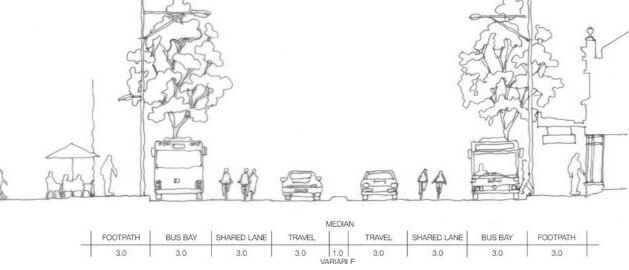
Before the report was published, it prompted alternative proposals from The Paddington Society, aiming for shared traffic lanes on the arterial road and a lower speed limit.
The group’s vision, revealed at a meeting at Paddington RSL Club in August, included a permanent 30km/h speed limit along most of Oxford St.
A month before, the Paddington Chamber of Commerce also suggested a similar speed limit reduction to 40km/h with both plans using the kerbside lane in each direction to be shared between cyclists, buses and cars.
TfNSW previously welcomed the society’s input but did not address the alternative proposals.





